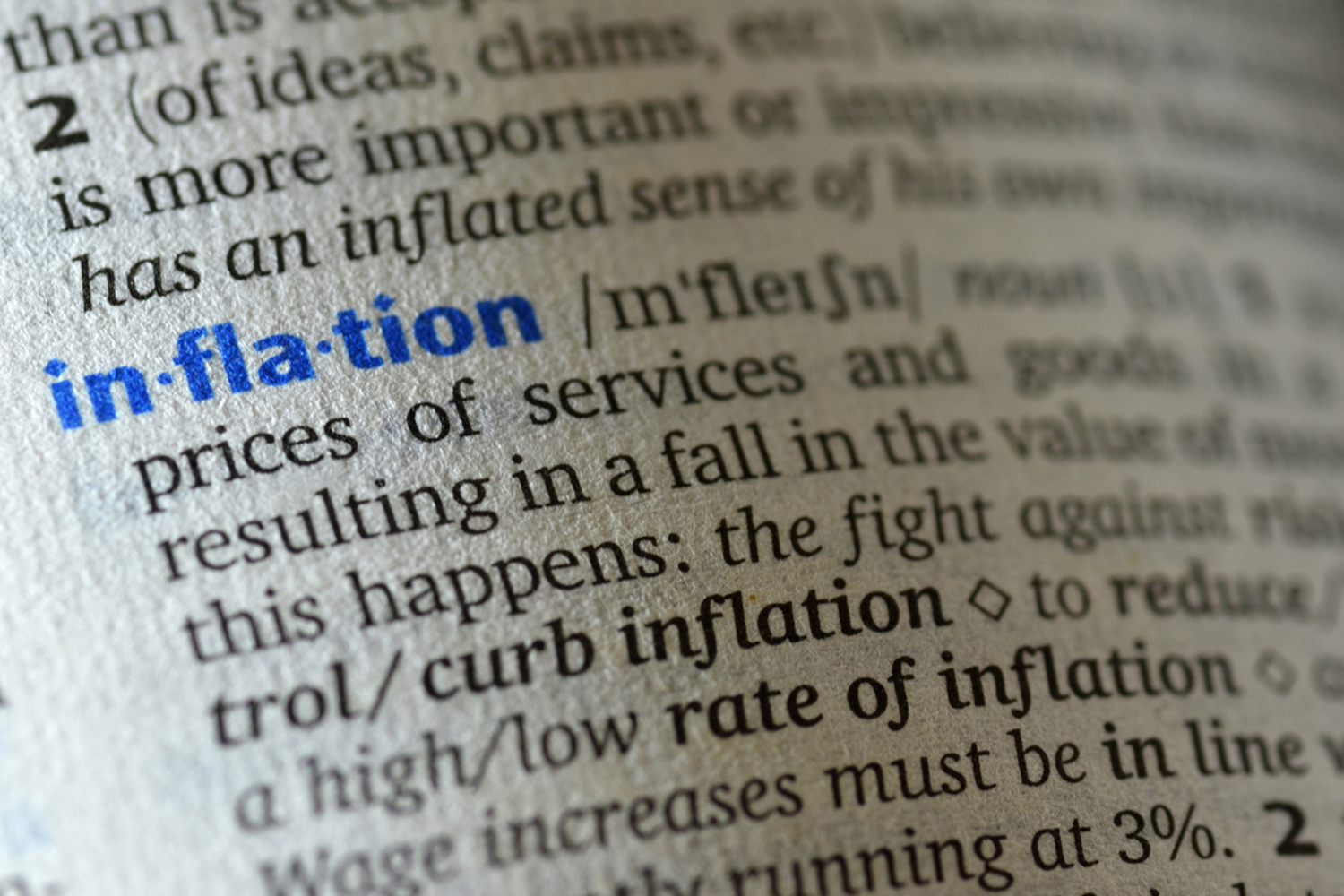by Brian S. Wesbury – Chief Economist & Robert Stein, CFA – Deputy Chief Economist, First Trust Portolios
Back during the Financial Panic of 2008, clickbait media kept screaming “Hyperinflation.” We consistently pushed back against this theme, and argued inflation would not accelerate. Yes, Quantitative Easing and zero percent interest rates, which Ben Bernanke invented at the time, massively increased the size of the Fed’s balance sheet and boosted cash deposits and reserves at banks as the Fed printed money to buy debt – Treasury bonds, mortgages and other assets.
So why didn’t the QE of 2008-2015 cause inflation? Because mark-to-market accounting destroyed capital faster than the Fed or Treasury (remember TARP) could boost it. At the same time, regulators significantly lifted both the capital and liquidity ratios banks were required to hold. The result: M2 grew at an average rate of 6% per year during the crisis, about the same rate as it did before.
This all changed during COVID. The Fed reduced liquidity rules and the Treasury enlisted banks in issuing direct tax rebates, making PPP loans, and distributing unemployment benefits, which caused M2 to surge. It was one of the easiest forecasts we have ever made. When M2 surges, so does inflation. The CPI consumer price inflation peaked at 9.0% in mid-2022, the highest in roughly forty years.
The surge in M2 stopped in 2022. Today, M2 is only 0.5% above 2022 peak levels. Yes, M2 growth has picked up in the past year, but it is still growing relatively slowly, up 4.4% from a year ago, although up at 6.5% annual rate in the past three months.
In the meantime, “real” (inflation-adjusted) short-term rates have been hovering about 2.0% for the past two years the highest, for the longest, since 2006-07.
It is because of this relative tightness in monetary policy that inflation has slowed, as well. The annual increase in the CPI has slowed to 2.3% as of April. Core inflation, which excludes food and energy and which peaked at 6.6%, is now down to a more respectable 2.8%. There’s a similar story for “Super Core” inflation which also excludes other goods as well as housing rents.
In the past three months, the CPI is up at only a 1.6% annual rate while producer prices are down at a 1.2% rate.
This week we get updates on consumer and producer prices and, as the table below shows, we expect the reports to show inflation ran a little hotter in May than the three prior months, but not really hot in an absolute sense.
This strikes many observers and investors as odd, because the Trump Administration’s tariffs have been in effect, although erratic, and should have been having an impact by now. How can we have lower inflation and higher tariffs at the same time?
Because, as we’ve been saying all along, the link between tariffs and inflation is overrated. Yes, the specific items that are tariffed might rise in price, but that means less money left over to buy other goods and services, which reduces those prices. Tariffs shuffle the deckchairs on the inflation ship, not how high or low the ship sits in the water. That’s up to the money supply.
None of this suggests the Fed won’t reverse course and fully let down its guard. In spite of all the progress, we are still above the Fed’s 2.0% inflation target. Inflation may look gone, but boosting M2 and cutting interest rates sharply could reignite the embers of inflation which are still buried under the ashes from the COVID monetary fire.
We think the economy overall is ready for a modest cut in rates. In fact, all interest rates across the yield curve are finally above inflation. We do not think the interest rate policies of the Fed were appropriate. Neither the 2008 Panic or COVID were caused by monetary policy, so holding interest rates below inflation never made sense to us. And, at this point, with the real federal funds rate at 2% there is room for roughly two 25 basis point cuts. But the Fed is wrongly focused on tariffs, so while rate cuts now are warranted, the Fed is likely on hold until September.
Brian S. Wesbury, Chief Economist
Robert Stein, Deputy Chief Economist
Click here for a PDF version
Copyright © First Trust Portolios














